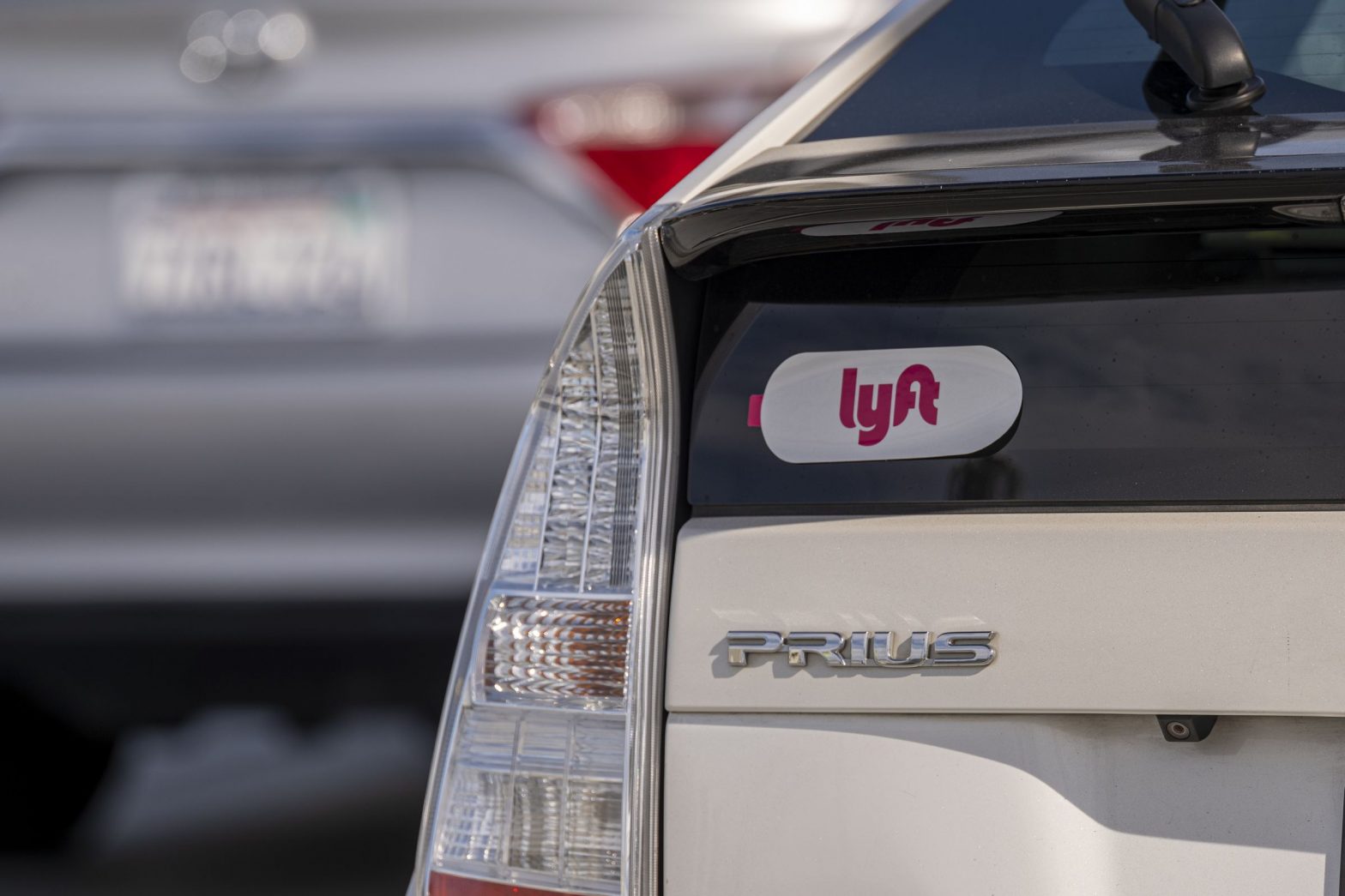/
The company is offering cash incentives to get more drivers to switch to EVs so it can achieve its goal of “100 percent” electric-only trips by 2030.
:format(webp)/cdn.vox-cdn.com/uploads/chorus_asset/file/24285780/1238269484.jpg)
Lyft, which has said it wants “100 percent” of the vehicles operating on its platform to be electric by 2030, is offering a new slate of incentives to drivers to get them to ditch their polluting, gas-powered vehicles for ones with zero tailpipe emissions.
Starting today, Lyft drivers who use an EV are eligible to receive a bonus of $150 if they complete 50 trips in a week — which translates to an extra $3 per trip. Drivers will need to register their EVs on Lyft’s app before the end of 2023 in order to qualify for the bonus. And they can keep raking in $150 per week until they hit the bonus maximum of $8,100.
Lyft also wants to turn the experience of charging an EV into an incentive. The company said that drivers who link their Lyft Rewards account to charging network EVgo will receive up to 45 percent off EVgo’s standard pay-as-you-go rates for Platinum and Gold members. Lyft is also offering a discount on the installation of a Level 2 home charger from Wallbox.
And drivers that use Lyft’s branded debit card are eligible to receive up to 7 percent cash back on public EV charging. (The percentage of cash back is determined by a driver’s status in the Lyft Rewards program.)
“Electrifying our transportation network is a crucial step in helping reverse the negative impacts of climate change,” said Paul Augustine, Lyft’s director of sustainability, in a statement. “We know many drivers on Lyft want to switch to EVs, which is why we’re focused on addressing the biggest barriers they face in transitioning: upfront costs and access to charging. These offerings are the latest in many steps we are taking to support drivers in switching to an EV on Lyft.”
The effort to get more drivers into EVs is not entirely motivated by environmental altruism. California recently adopted new rules requiring ride-sharing companies to electrify their fleets by 2030 — a few years before the state expects to prohibit the sale of new gas cars completely.
Lyft is also competing with Uber, which has set the goal of becoming a “zero-emissions platform in the US and Canada” by 2030. Uber and Lyft share many of their drivers, but both are in a tight bind given that they classify drivers as independent contractors and theoretically can’t force them all to adopt electric vehicles.
